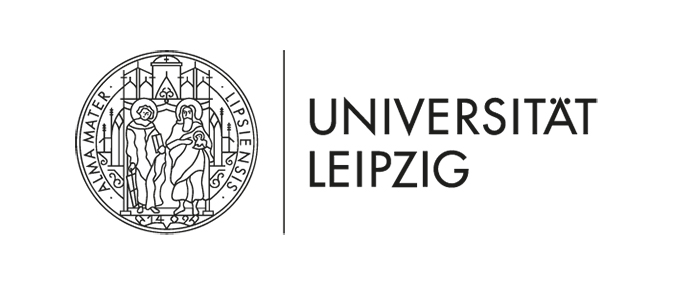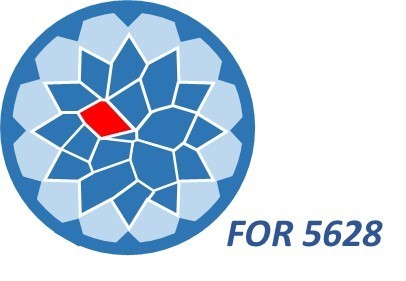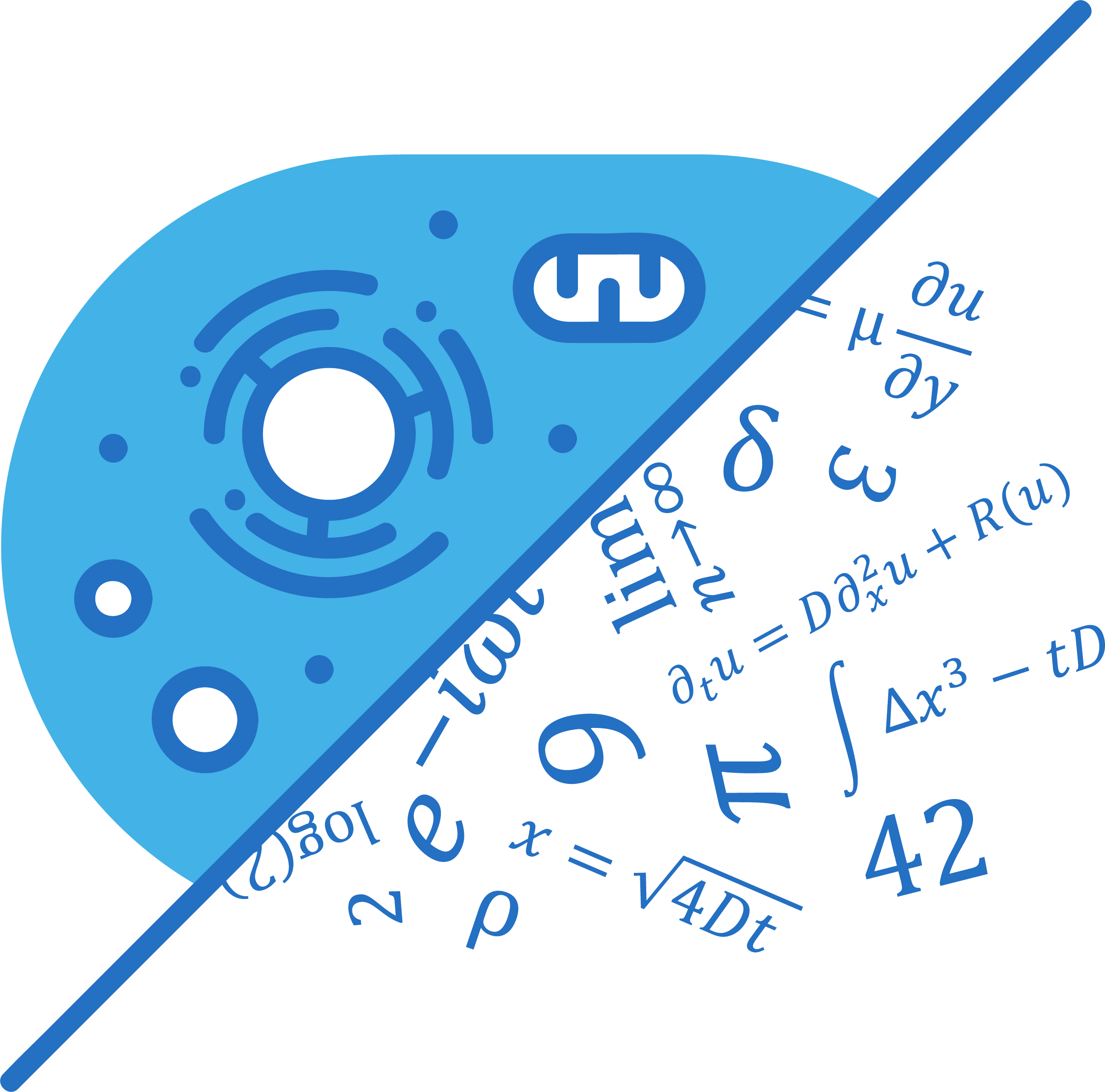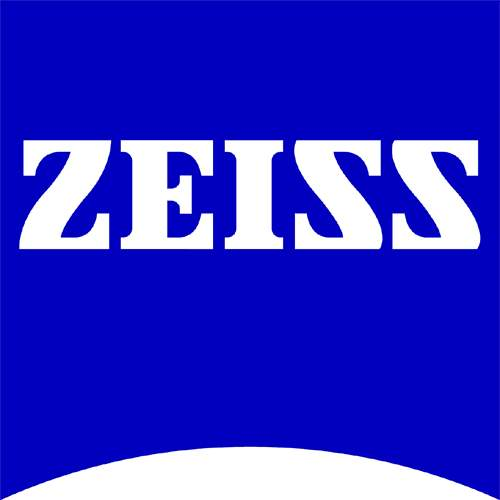|
|
Contributed Talk
Effect of fibroblast contractility on immune infiltration in 3D co-culture spheroids of colorectal cancer
Eleni Dalaka1, Ruchi Goswami2, Salvatore Girardo2, Ana Henriques3, Eduard Batlle3,4,5, Jochen Guck2,6, Xavier Trepat1,5,7,8
| 1 | | Institute for Bioengineering of Catalonia (IBEC), Barcelona, Spain | | | | | 2 | | Max-Planck Institute for the Sciences of Light & Max-Planck-Zentrum für Physik und Medizin, Erlangen, Germany | | | | | 3 | | Institute for Research in Biomedicine (IRB Barcelona), Barcelona, Spain | | | | | 4 | | Centro de Investigación Biomédica en Red de Cáncer (CIBERONC), Barcelona, Spain | | | | | 5 | | Institució Catalana de Recerca i Estudis Avançats (ICREA), Barcelona, Spain | | | | | 6 | | Cluster of Excellence Physics of Life, TU Dresden, Dresden, Germany | | | | | 7 | | Facultat de Medicina, Universitat de Barcelona, Barcelona, Spain | | | | | 8 | | Centro de Investigación Biomédica en Red en Bioingeniería, Biomateriales y Nanomedicina (CIBER-BBN), Barcelona, Spain |
Contact:
Treating cancer has been a major focus in cancer research, with several therapies being developed over the years. Immunotherapies – exploiting patient’s immune system to trigger immune responses against tumours – has provided several encouraging results against tumour progression and recurrence [1,2,3,4]. However, only 20-40% of cancer patients are eligible for immunotherapies and less than 15% of them respond to their treatment [5]. When immunotherapies fail, tumours exhibit a certain phenotype, with immune cells being trapped inside the tumour microenvironment (TME) and thus being unable to migrate towards the tumour.
In this study, we investigate the role of mechanical forces that arise in the TME on tumour immune infiltration. We hypothesize that fibroblasts – a major cellular component of TME – exert high mechanical forces, which create a tense and compact physical barrier around the tumour, inhibiting immune cells from navigating their environment and thus migrate towards the tumour. By reducing fibroblast contractility, relaxation of the apparent TME tension is expected, accompanied by the formation of physical paths among fibroblasts that immune cells can use to migrate through this complex environment. To confirm this hypothesis, we developed an in vitro model of liver metastasis of colorectal cancer by forming 3D co-culture spheroids using colorectal tumour organoids enveloped by liver fibroblasts. These 3D multicellular structures are then embedded in alginate matrices together with primary T-cells, which migrate in different directions, and they reach the 3D co-culture spheroids over time. This system allows us to study mechanics, migration and physical interactions of cells in a 3D manner.
First, we investigated how immune cells interact with the different cell types in the co-culture spheroids over time and we quantified immune infiltration in the fibroblast layer and the cancer core, separately. We followed and tracked immune cells as they adhere, enter and migrate inside co-culture spheroids. Next, we observed that upon TGF-b inhibition, immune cells can bypass the fibroblast layer and infiltrate into cancer areas that reside at the core of the co-culture spheroids, confirming previous in vivo studies [6,7]. By using soft polyacrylamide (PAAm) beads [8], we measured the mechanical forces developed in the co-culture spheroids, and we observed a decrease in the mechanical force exertion upon TGF-b inhibition. These data suggest that fibroblast contractility plays a key role in tumour immune infiltration. Overall, this study aims at identifying – for the first time – the mechanical components of TME that control tumour immune infiltration in colorectal cancer.
| [1] | | Hodi FS, O'Day SJ, McDermott DF, Weber RW, Sosman JA, Haanen JB, Gonzalez R, Robert C, Schadendorf D, Hassel JC, Akerley W, van den Eertwegh AJ, Lutzky J, Lorigan P, Vaubel JM, Linette GP, Hogg D, Ottensmeier CH, Lebbé C, Peschel C, Quirt I, Clark JI, Wolchok JD, Weber JS, Tian J, Yellin MJ, Nichol GM, Hoos A, Urba WJ: Improved survival with ipilimumab in patients with metastatic melanoma, The New England Journal of Medicine, 363(8), 711-723 (2010) | | | | | [2] | | Sharma P, Hu-Lieskovan S, Wargo JA, Ribas A.: rimary, Adaptive, and Acquired Resistance to Cancer Immunotherapy, Cell, 168(4), 707-723 (2017) | | | | | [3] | | Okazaki, T., Chikuma, S., Iwai, Y., Fagarasan, S., Honjo, T.,: A rheostat for immune responses: the unique properties of PD-1 and their advantages for clinical application, Nature Immunology, 14, 1212-1218 (2013) | | | | | [4] | | Rosenberg SA, Yang JC, Sherry RM, Kammula US, Hughes MS, Phan GQ, Citrin DE, Restifo NP, Robbins PF, Wunderlich JR, Morton KE, Laurencot CM, Steinberg SM, White DE, Dudley ME: Durable complete responses in heavily pretreated patients with metastatic melanoma using T-cell transfer immunotherapy, Clinical Cancer Research, 17(13), 4550-4557 (2011) | | | | | [5] | | Haslam A., Prasad V.: Estimation of the Percentage of US Patients With Cancer Who Are Eligible for and Respond to Checkpoint Inhibitor Immunotherapy Drugs, JAMA Netw Open, 2(5), e192535 (2019) | | | | | [6] | | Daniele V. F. Tauriello, Sergio Palomo-Ponce, Diana Stork, Antonio Berenguer-Llergo, Jordi Badia-Ramentol, Mar Iglesias, Marta Sevillano, Sales Ibiza, Adrià Cañellas, Xavier Hernando-Momblona, Daniel Byrom, Joan A. Matarin, Alexandre Calon, Elisa I. Rivas, Angel R. Nebreda, Antoni Riera, Camille Stephan-Otto Attolini, Eduard Batlle: TGFβ drives immune evasion in genetically reconstituted colon cancer metastasis, Nature, 554, 538-543 (2018) | | | | | [7] | | Sanjeev Mariathasan, Shannon J. Turley, Dorothee Nickles, Alessandra Castiglioni, Kobe Yuen, Yulei Wang, Edward E. Kadel III, Hartmut Koeppen, Jillian L. Astarita, Rafael Cubas, Suchit Jhunjhunwala, Romain Banchereau, Yagai Yang, Yinghui Guan, Cecile Chalouni, James Ziai, Yasin Şenbabaoğlu, Stephen Santoro, Daniel Sheinson, Jeffrey Hung, Jennifer M. Giltnane, Andrew A. Pierce, Kathryn Mesh, Steve Lianoglou, Johannes Riegler, Richard A. D. Carano, Pontus Eriksson, Mattias Höglund, Loan Somarriba, Daniel L. Halligan, Michiel S. van der Heijden, Yohann Loriot, Jonathan E. Rosenberg, Lawrence Fong, Ira Mellman, Daniel S. Chen, Marjorie Green, Christina Derleth, Gregg D. Fine, Priti S. Hegde, Richard Bourgon, Thomas Powles: TGFβ attenuates tumour response to PD-L1 blockade by contributing to exclusion of T cells, Nature, 554, 544-548 (2018) | | | | | [8] | | S. Girardo, N. Träber, K. Wagner, G. Cojoc, C. Herold, R. Goswami, R. Schlüßler, S. Abuhattum, A. Taubenberger, F. Reichel, D. Mokbel, M. Herbig, M. Schürmann, P. Müller, T. Heida, A. Jacobi, E. Ulbricht, J. Thiele, C. Werner, J. Guck: Standardized microgel beads as elastic cell mechanical probes, Journal of Materials Chemistry B, 6, 6245-6261 (2018) |
|









